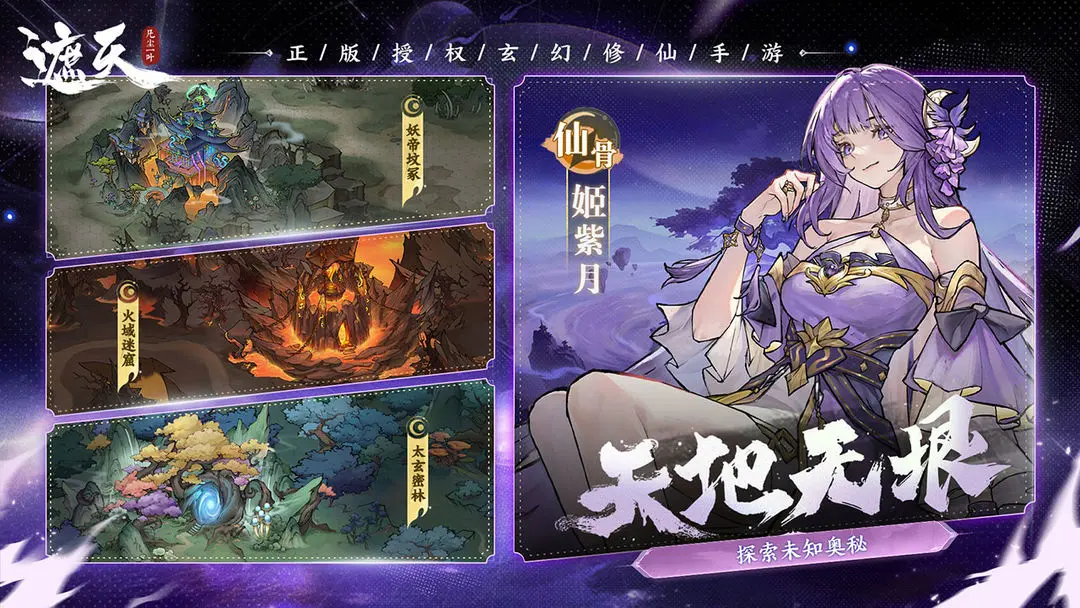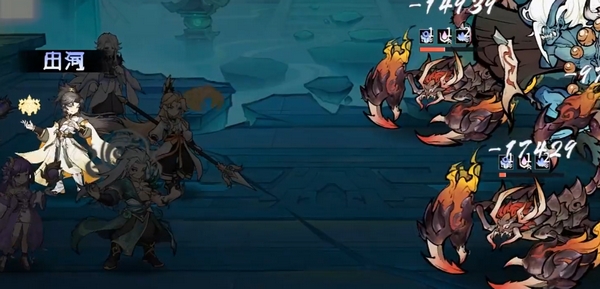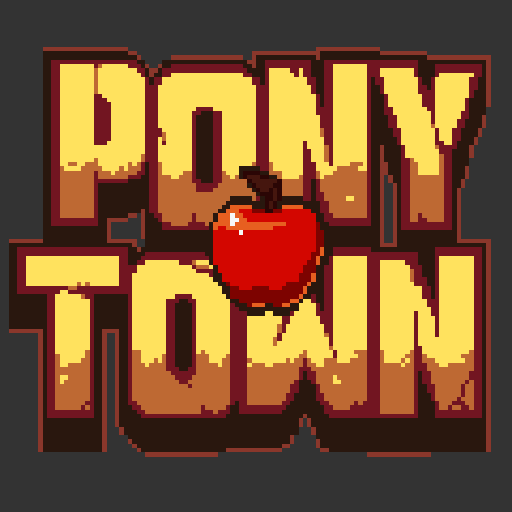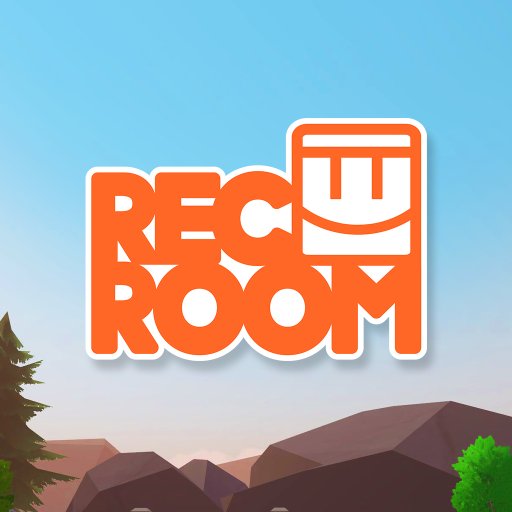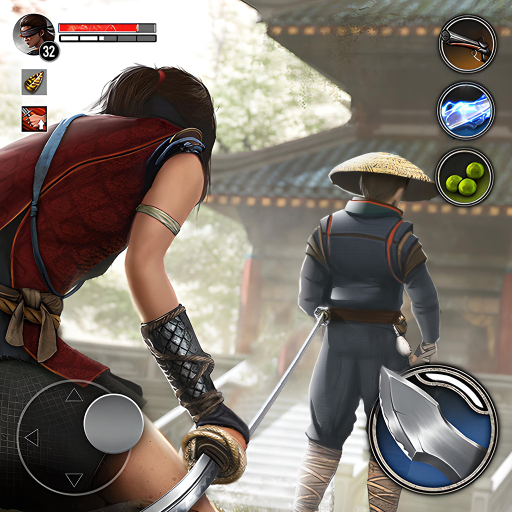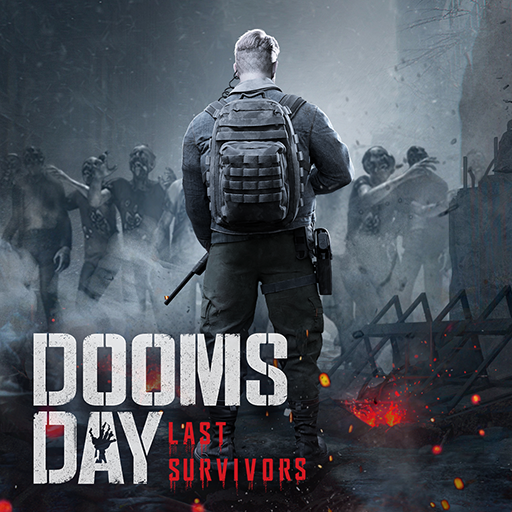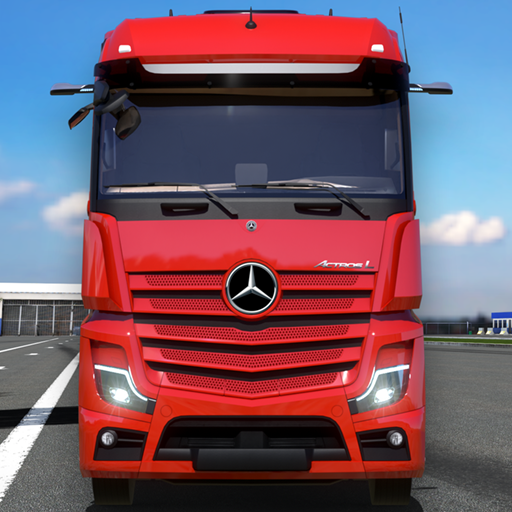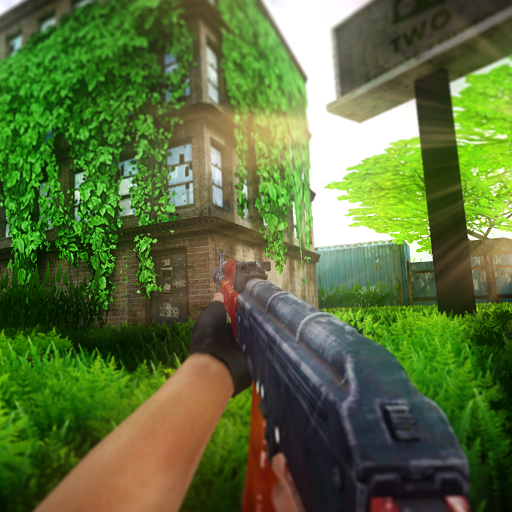Don't Starve Together is a survival game, and the key to the game is to survive. Many new players, when building their first home, find that their home gets destroyed and they can't figure out why. In fact, it's the meteors that are responsible. Knowing where the meteor zones are in Don't Starve Together can help avoid this. In this article, we will look at the location of the meteor zones in Don't Starve Together and how to avoid meteors.
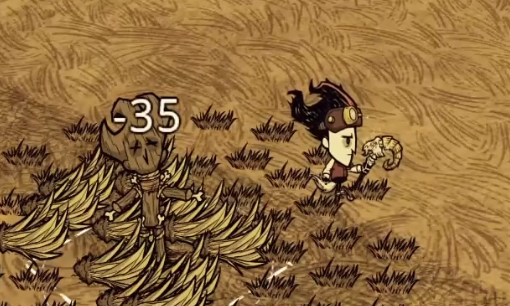
Currently, there is only one way to avoid meteors in the game: do not build your home in the meteor zone. So, when players are looking for a location in the game, they need to be careful to avoid the meteor zones. Otherwise, you might log in and find your home has been destroyed. Meteor zones are easy to identify in the game; they are generally in rocky areas. On the map, they appear as areas with black holes, and some desert map borders also have them.
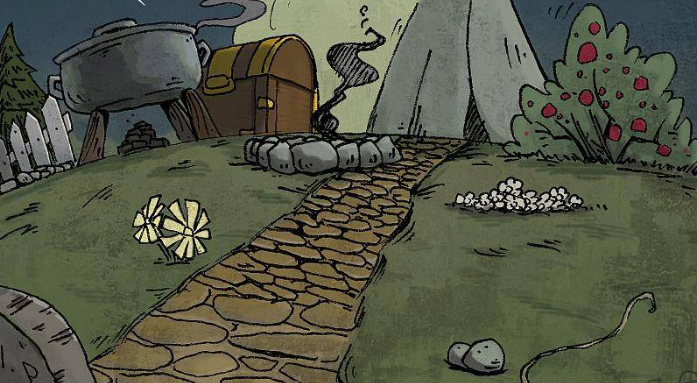
The most obvious indicator is through tallbirds; if there are tallbird nests in an area, the probability of meteors is high. Mixed land areas are also high-risk areas for meteor strikes, so stay away from these mixed land maps. If you see flint on the map, then that area is also a meteor zone. After identifying these areas, players should avoid them and build their homes elsewhere.
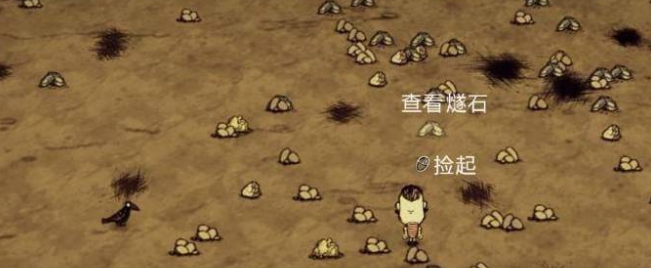
Even if you are always in a meteor zone, don't worry too much, as meteors only fall during the Volcano Season. During this season, which can last for more than ten days, meteors can be devastating to players, destroying all of their buildings. Without a home or torches, the night on a deserted island is very dangerous and can lead to a game over.
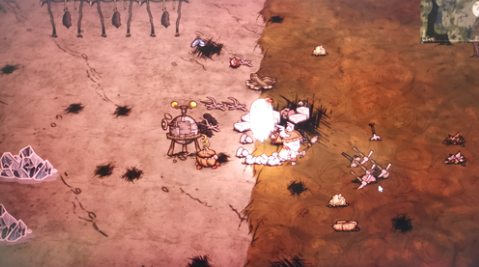
If players know where the meteor zones are in Don't Starve Together, they won't fear the above situations. Finding a good hiding place in the game is crucial. That's all for this article, and I'll share more with you next time!
